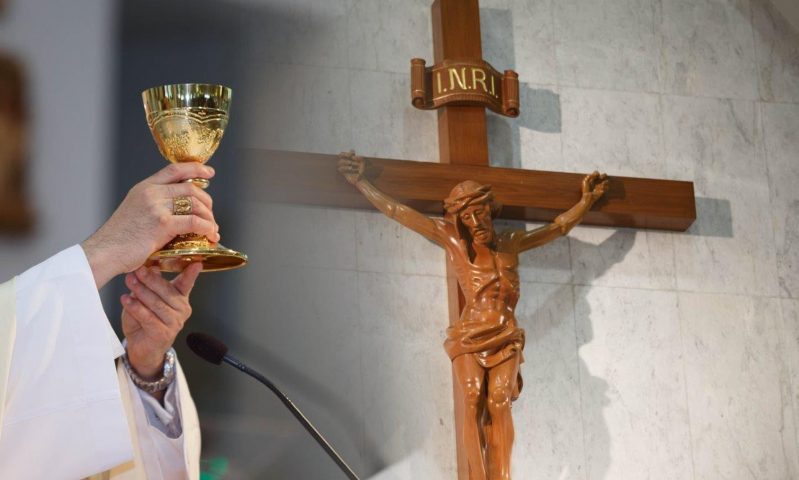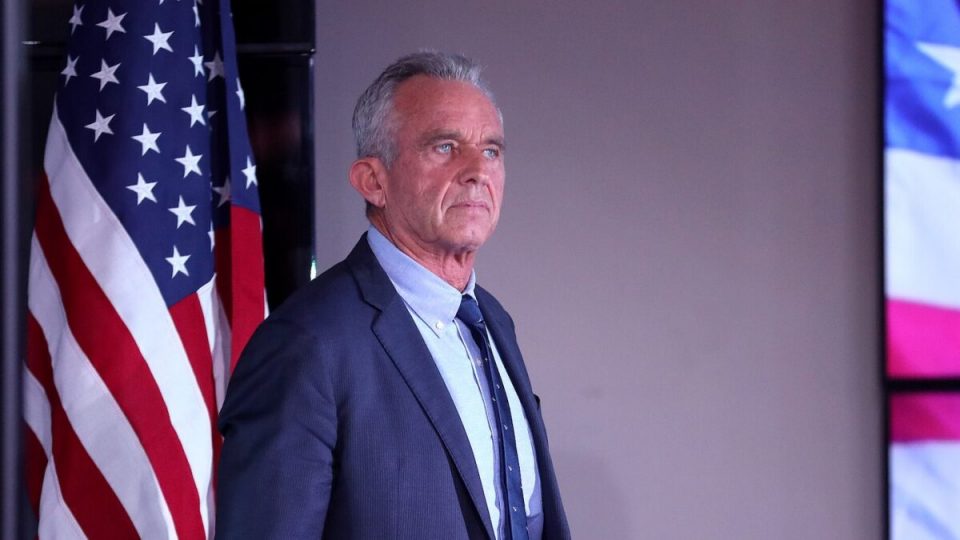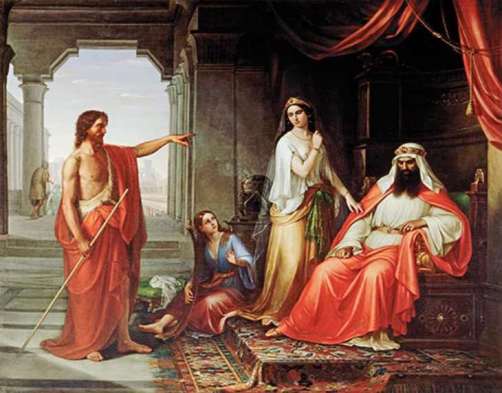Father Roger Landry is a priest of the Diocese of Fall River, Massachusetts.
Fr. Roger Landry: Celebrating the Novus Ordo as It Ought to Be

Archbishop Salvatore J. Cordileone: No Unity Without the Cross (Homily given at the Mass of the Americas)
December 2, 2019
The Reformed Liturgy, 50 Years Later, by George Weigel
December 2, 2019
COMMENTARY: As the Roman Catholic Church marks the golden jubilee, it is a good time to separate the ‘substance’ of its reforms from the ‘accidents’ of its historical context and implementation.
By Father Roger Landry, EWTN News, 11/30/19
On Nov. 30, the Church marks the 50th anniversary of when the Novus Ordo, or “Mass of Paul VI,” made its debut as the dinary form of the Roman Rite of the sacred liturgy.
St. Paul VI had promulgated the new Roman Missal eight months earlier, but, by the time the First Sunday of Advent came around, the new liturgical books were not yet ready, and so the rollout was rather bungled and confusing, for priests and people alike.
In many places, that disarray continued, as some thought that the “new Mass” not only allowed for but demanded creativity. This led to a period of sweeping liturgical instability and experimentation that dramatically impacted Church prayer, architecture, art and music. It also led to a more generalized ecclesial chaos: If something like the Mass could be altered so significantly and often in seemingly arbitrary ways, why could the same spirit of “renewal” not be extended to Church sexual teachings, the nature of religious life, priestly celibacy and more?
Because of the centrality of the Mass in Catholic life, the way the changes were haphazardly enacted, the frequency of deviations and abuses surrounding its celebration, and the wider struggles of the Church in the years following its implementation, the Novus Ordo soon became the icon and symbol for all the changes in the Church after the Second Vatican Council — those intended by the Council, those never considered, and those absolutely unintended. ….




